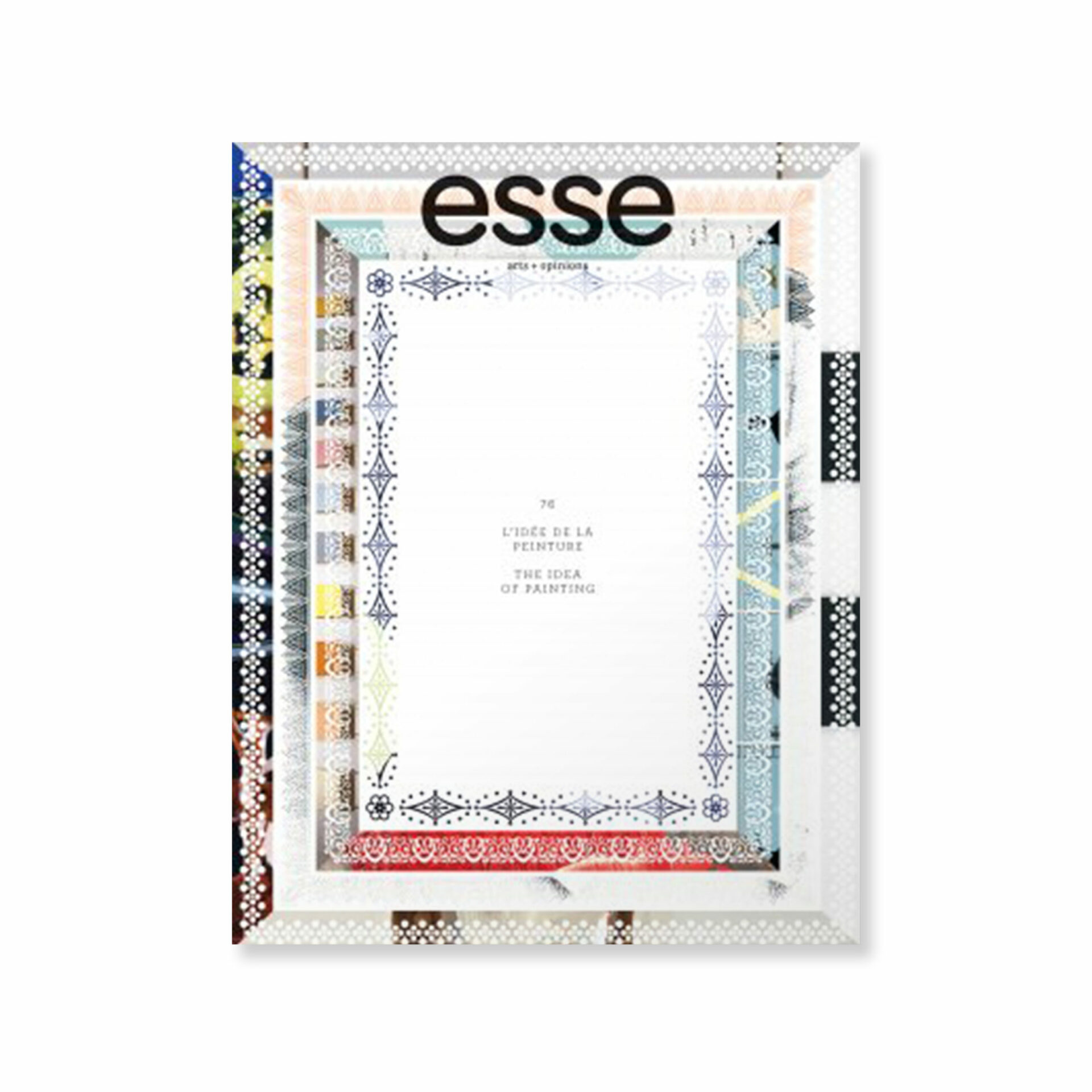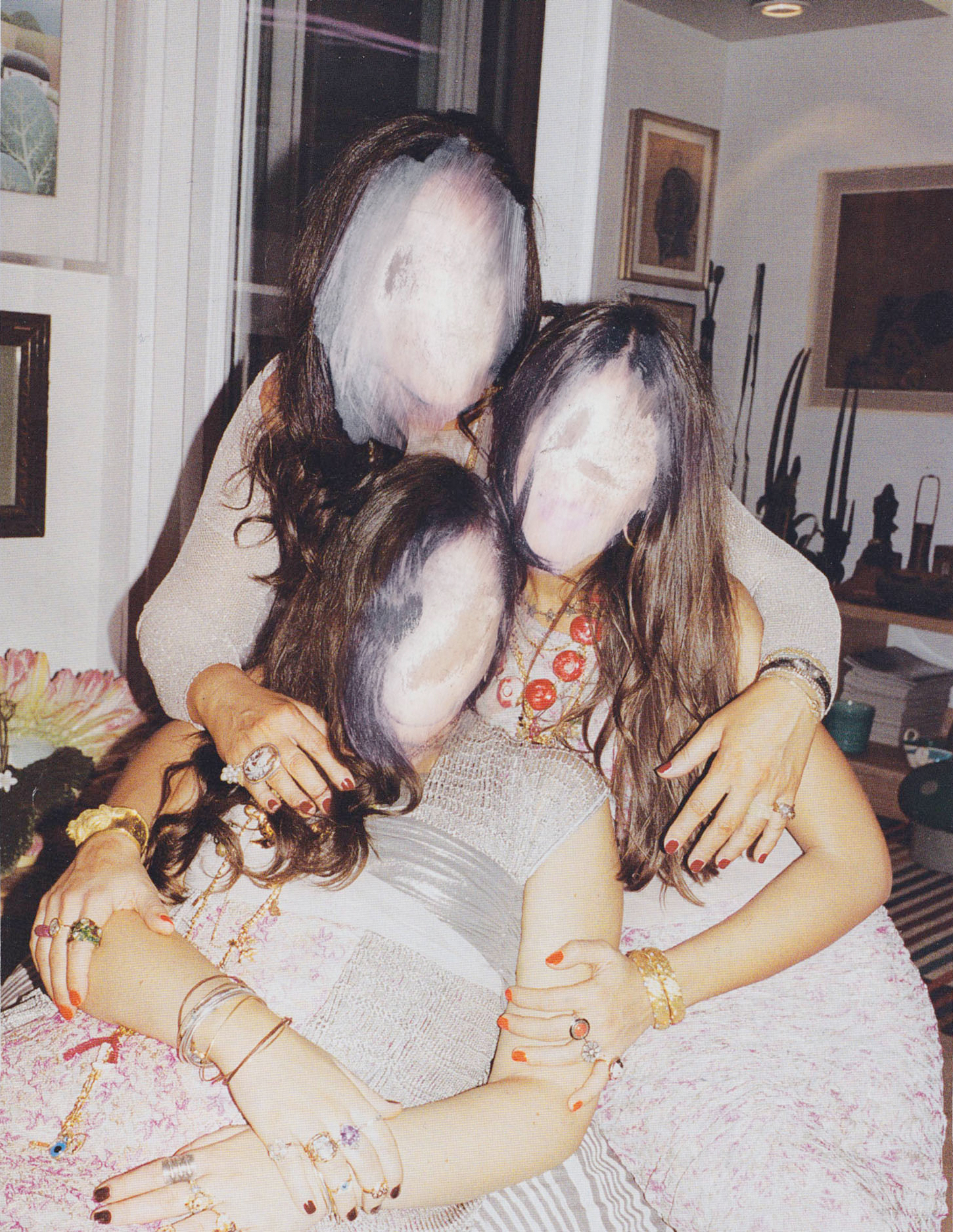
February 26 — June 11, 2012
Five towering versions of Cindy Sherman, each sporting a lavish period costume, greeted viewers from the walls of the artist’s latest exhibition at the Museum of Modern Art. The largest survey of her work to date, comprising over 170 photographs, seemed determined from its outset to transform Sherman — already one of the most recognizable faces in contemporary art — into a full-fledged mascot for postmodern photography. But what appeared to be a maneuver by the MoMA’s public relations team was, in fact, Sherman’s latest experiment in her ongoing practice of self-portraiture: a photographic mural designed specifically for the show (Untitled, 2010).
The larger-than-life Sherman ambassadors are indicative of two important shifts in the artist’s practice that the rest of the exhibition bears out: one that sees her increasingly engage with the grander scales and lush colours now characteristic of contemporary fine art photography; and another that sees her move from playing bit parts to taking on the role of leading lady (or man) in her images.
Digressing with chronology, the MoMA exhibition juxtaposes Sherman’s photographic series in an attempt to draw out unexpected connections in the artist’s thirty-year practice. These combinations work best when they offer a satisfying snapshot of Sherman’s creative trajectory, such as the salon-style hanging of dozens of her history portraits, which borrow the figures and costumes of Renaissance paintings, on a wall adjacent to two of her rarely seen photo collages from 1976, Untitled #488 and #489. Here, Sherman’s early experiments with a labour-intensive cut-and-paste process foreshadow the repeated act of posing for the camera that the later works formalize.
At other times, however, the curatorial strategy foregrounds disparities between Sherman’s bodies of work, making some appear prescient and others sorely dated. The Untitled Film Stills (1977 — 80), presented here in their entirety, continue to speak to the hold Hollywood portrayals of women have on the collective imagination, but also have the unexpected effect of making the nearby clown series (2003) seem like an embarrassing holdover from the 1990s’ popular obsession with the carnivalesque.
The standout works in the exhibition are Sherman’s newest photographs, a 2008 series of society portraits that examines contemporary representations of “women of a certain age.” In these, Sherman adopts the dress of refined older women, but exaggerates the make-up and hairstyles often employed by them to look youthful. While the success of the film stills lay in Sherman’s ability to play out female typecasting to its logical extreme, these society portraits seem the product of a more recent and insidious societal obsession with self-preservation and -presentation. Their unnerving familiarity is a testament to Sherman’s aptitude for mimicking the subtlest shifts in the ways in which we represent ourselves through the camera.




